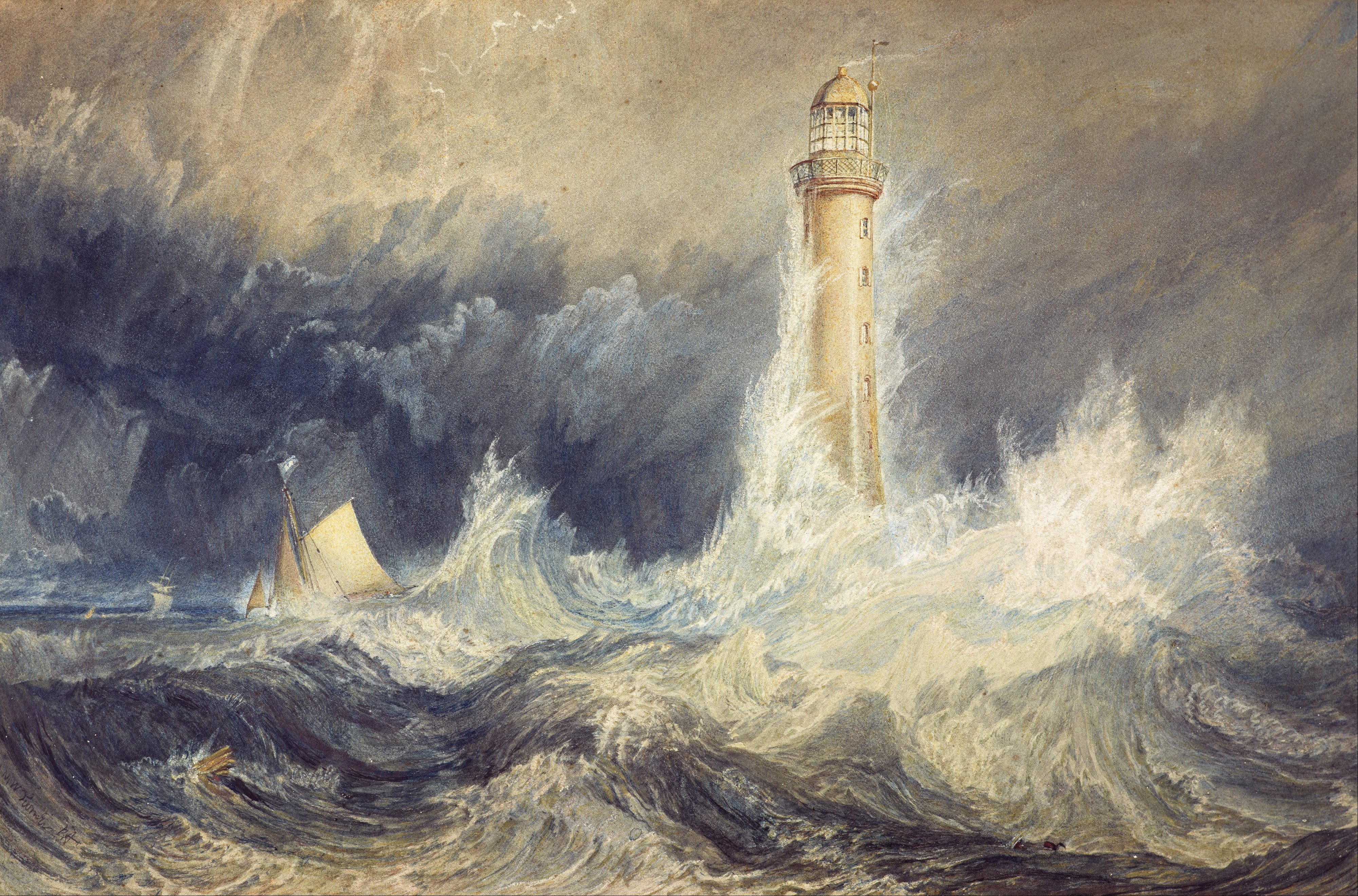In 1850, a baby, wrapped in sacking is abandoned at the gates of a wintry park in London where she is scented by wolves from the Essex marshes. She is found by a policeman, who hears the wolves’ howling and takes her to the Foundling Hospital. Thus begins ‘Lily’ by Rose Tremain.
A separated family is a powerful engine to drive a story and perhaps the most poignant separation of all is that of a mother and baby. Stories of ‘foundlings’, babies found abandoned by parents or handed over in desperation to foundling hospitals, start with this heart-breaking premise and immediately fire the reader with a strong desire to see parent and child reunited. For me, this desire would probably be enough on its own to keep me reading but the two books above offer so much more in their examining of the relationships of adults caught up in the drama.
 |
Receiving day at the Foundling Hospital. Wellcome Images https://wellcomecollection.org/works/fgqknntr |
In ‘The Foundling’ poverty and the shame of illegitimacy force Bess to give up her baby, Clara. Like other brokenhearted mothers, as well as leaving the baby’s name and details at the hospital she leaves a token to identify her – half of a heart made of whalebone given to her by the baby’s father. All kinds of things were used as such tokens: slips of paper, embroidered ribbons, rings and pierced coins. Then if the mother were able to drag herself out of poverty and also save enough to pay a fee to the hospital for the child’s upkeep (a difficult feat), even when the hospital had given the child a new name they could be sure of reclaiming the right child by describing the token they left with them.
 |
| Token on Marchmont Street, Author: Matt BrownNo changes made https://www.flickr.com/photos/londonmatt/53413014277/ |
The story takes a leap and the stakes are raised when Bess, after six years of scrimping, returns to claim her child only to find that a stranger has claimed her the very day after Bess had placed Clara in the hospital’s care. Avoiding spoilers - the exploration of what it is to be a mother deepens as the two women are brought up against each other. The genius of the book for me is the way in which Stacey Halls balances the representation of the needs of the two women so that despite the reader’s natural urge to see mother and daughter reunited there is also feeling for the damaged woman who has claimed Clara. This creates powerful dramatic tension and pulls the reader’s emotions in different directions, resulting in a gripping read that one can’t put down.
 |
| The Foundling Restored To Its Mother 1858 painting by Emma Brownlow 1858. Public domain, via Wikimedia Commons |
In 'Lily', subtitled ‘A Tale of Revenge’, Rose Tremain writes of poverty, cruelty and crime in Victorian London. The infant Lily is first placed in a loving foster family but is then wrenched away and returned to hardship as a pauper at the hospital. Now, as an adult, Lily has committed a murder and lives in fear of discovery. Tremain holds back the nature of the murder and the identity of the victim, masterfully managing the dramatic tension and creating a mystery that kept me turning the pages into the night.
However, the truly fascinating thing for me was the relationship between Lily and the policeman who rescued her as a baby. She feels he may hold the key to her salvation but she dare not confess to him for fear of the rope.
Tremain writes with all her usual subtlety and feeling, imbuing everyday objects with the emotional charge they hold for her characters so that they become powerful symbols of love and loss: a scarf that Lily knits for her only friend at the hospital, a deep, black well at the farm where Lily was happily fostered that comes to symbolise her worst fear of discovery and execution.
One of Tremain’s great strengths is that she looks unflinchingly at human darkness whilst still maintaining a feeling of authorial empathy and understanding. This novel moved me to tears – it is heartrending, compassionate and brilliant.
To find out more about the fascinating history of the Foundling Hospital and see examples of the tokens left by parents, do visit https://foundlingmuseum.org.uk























